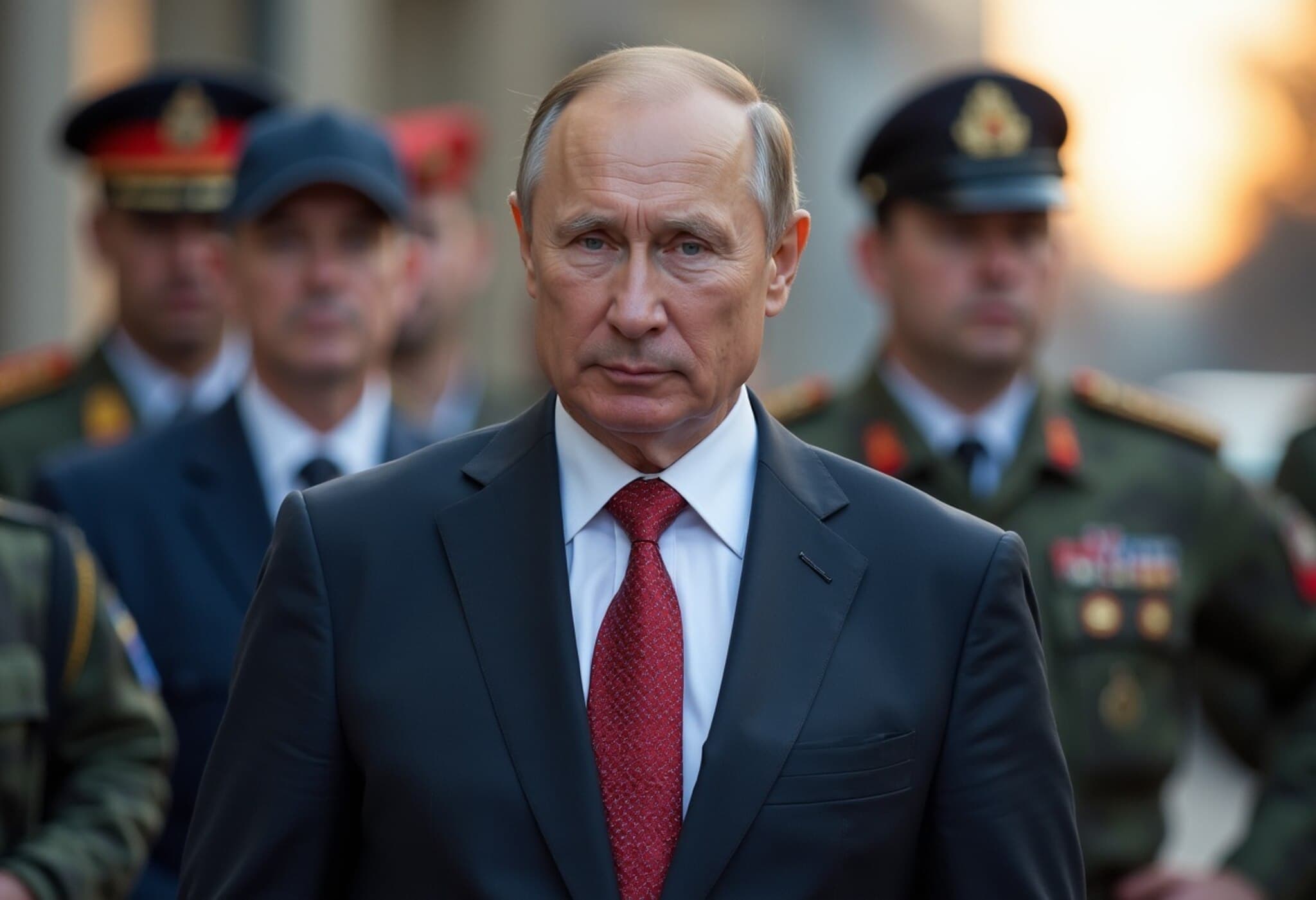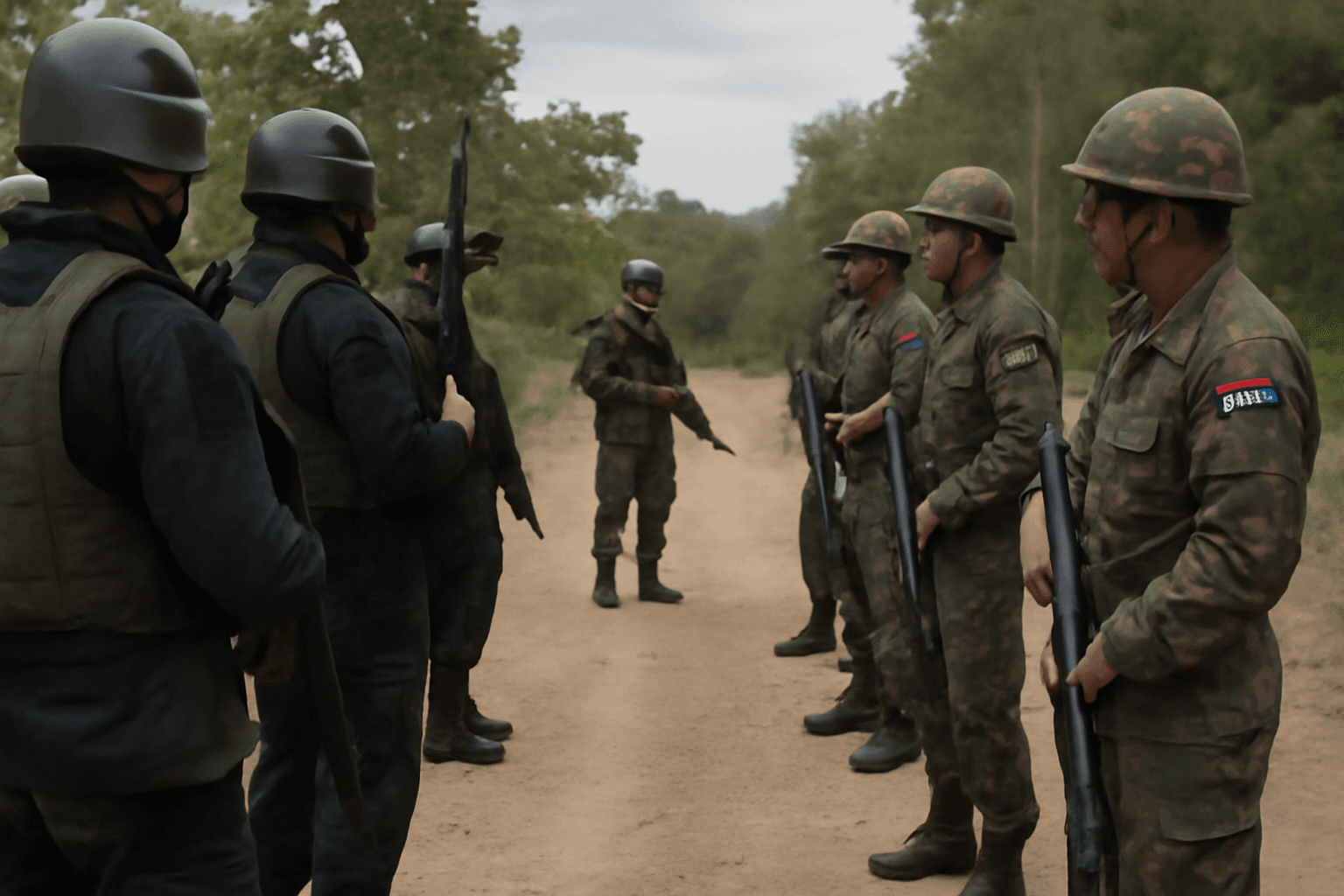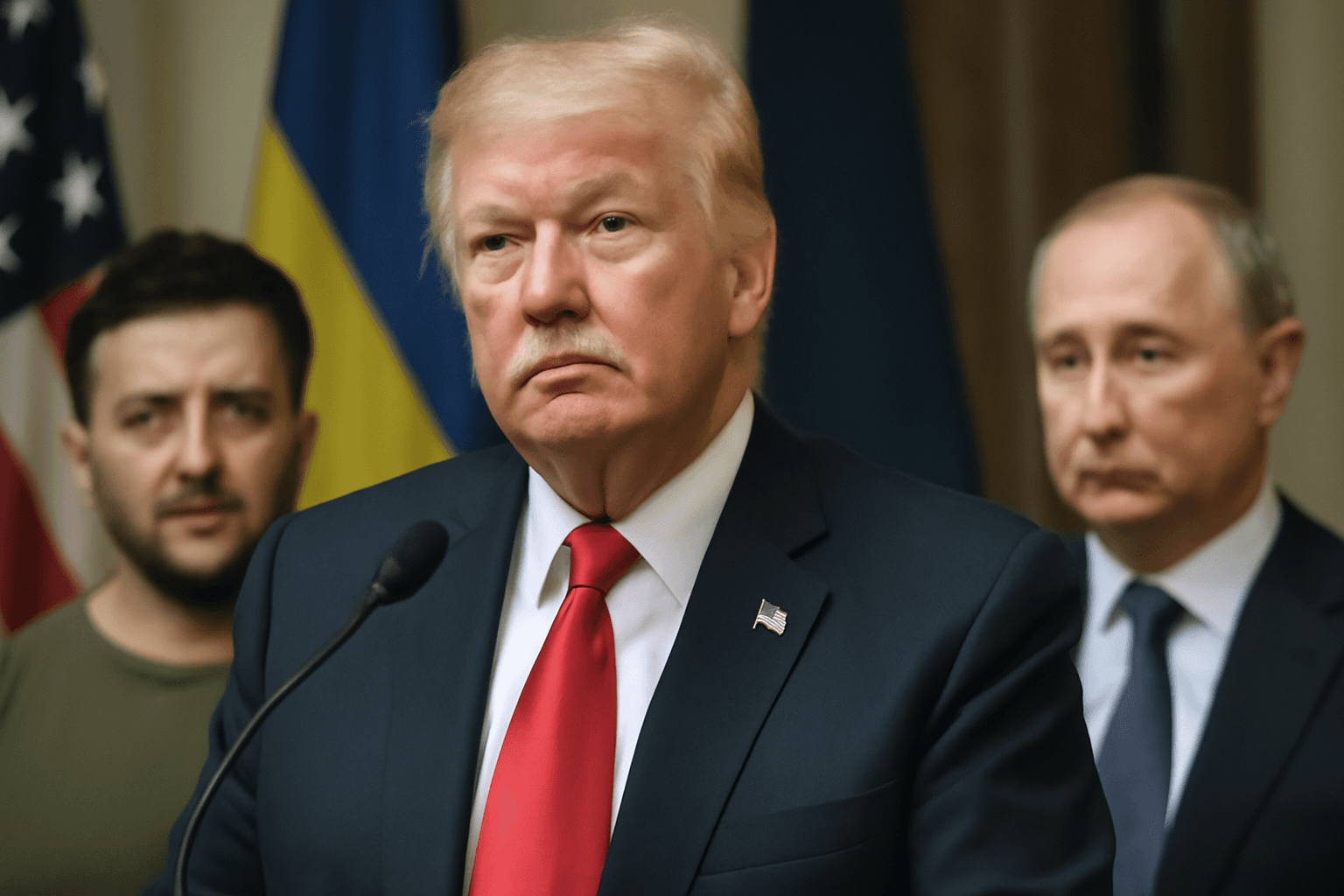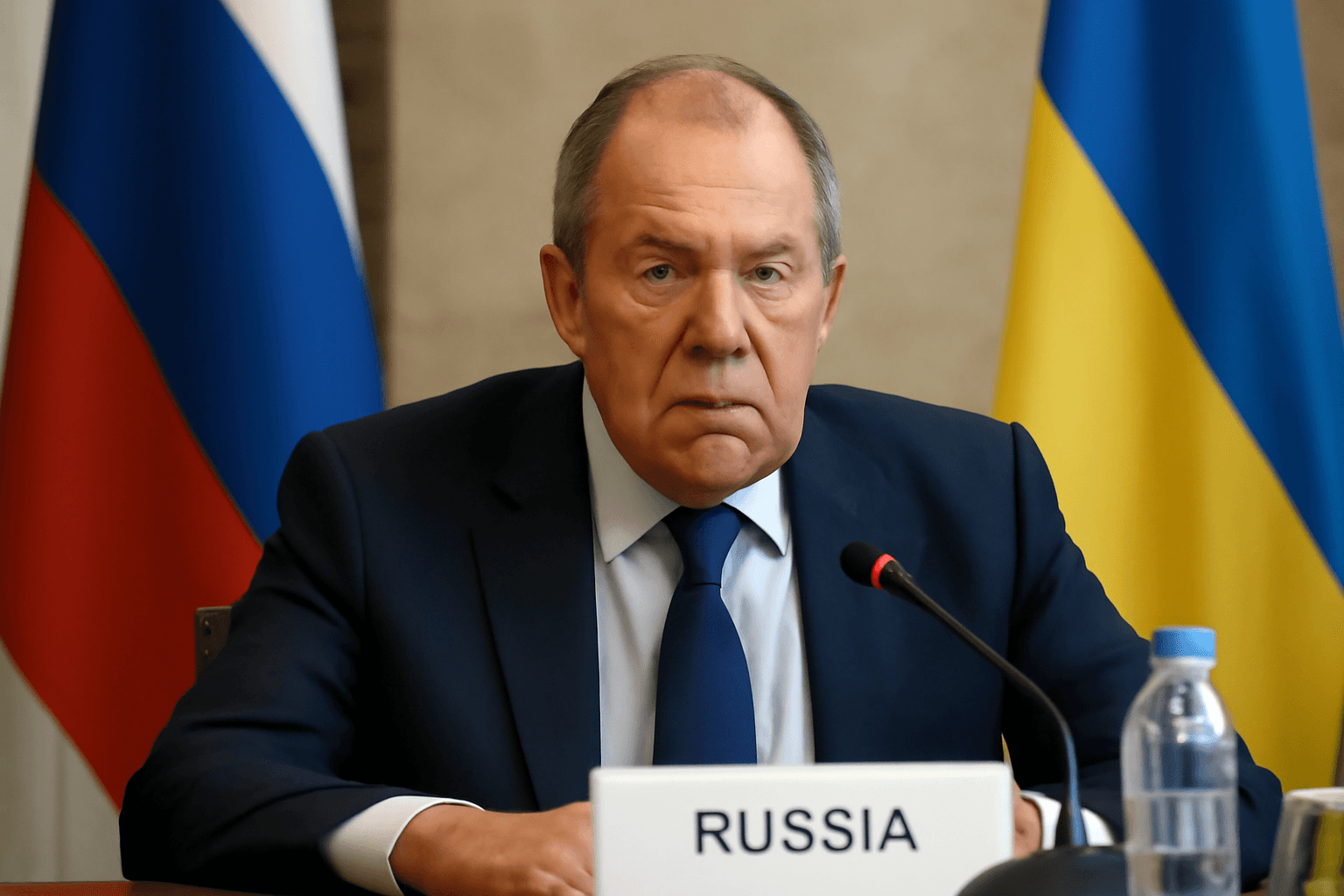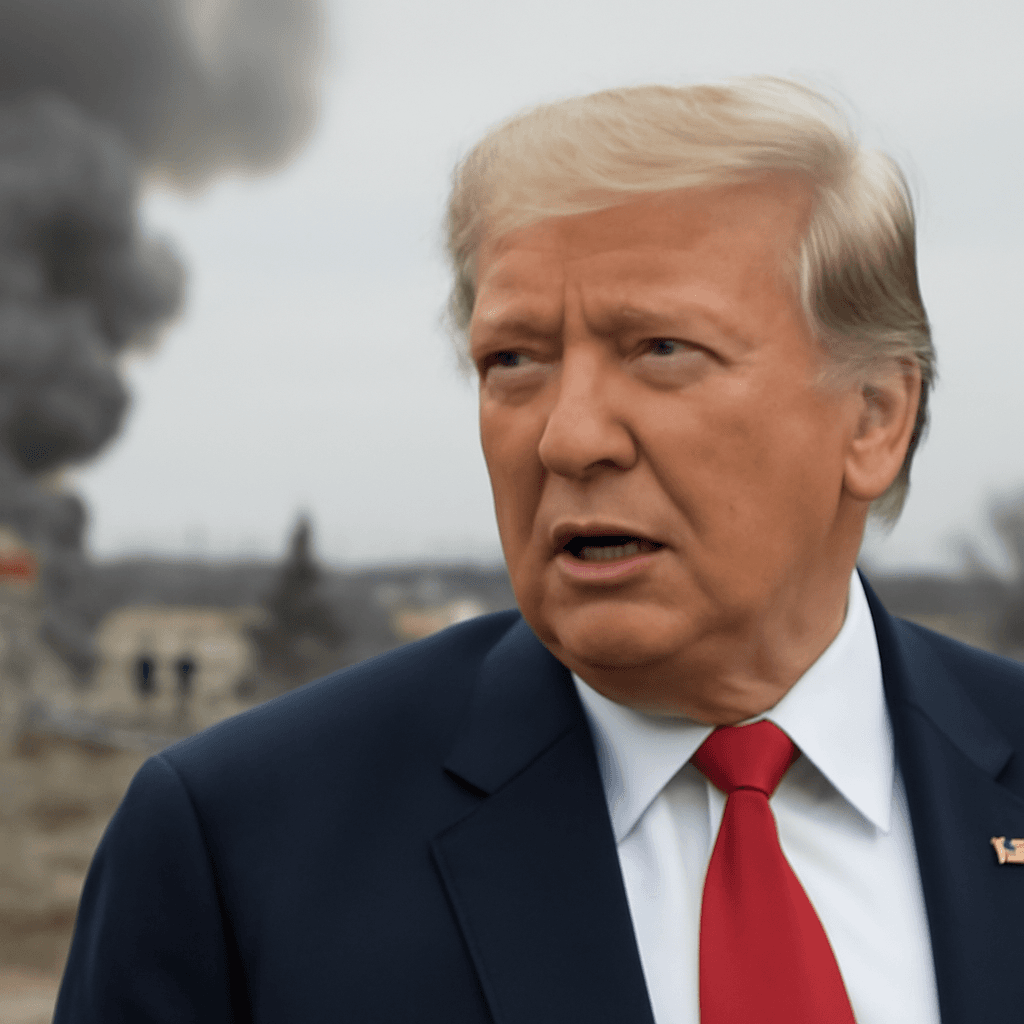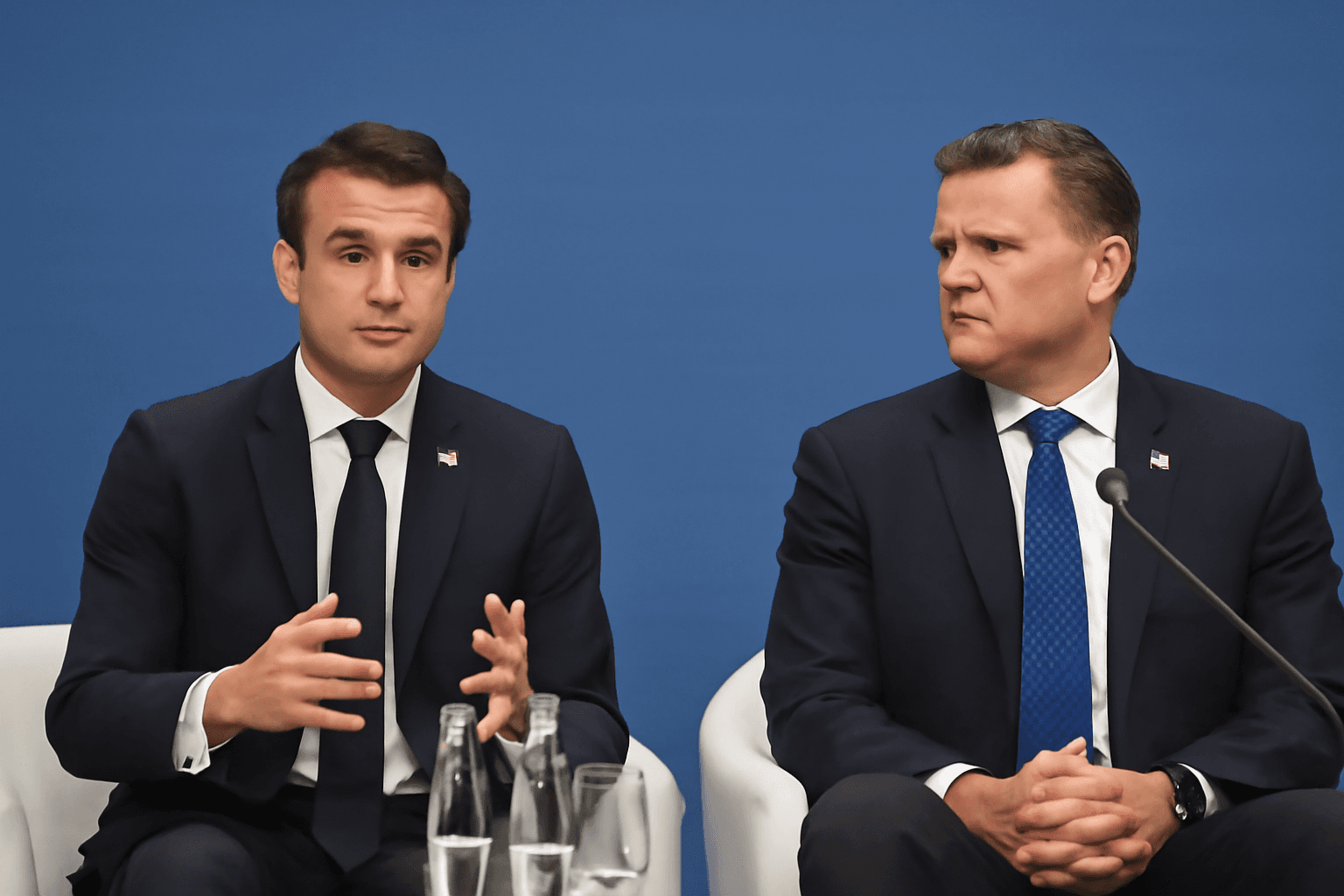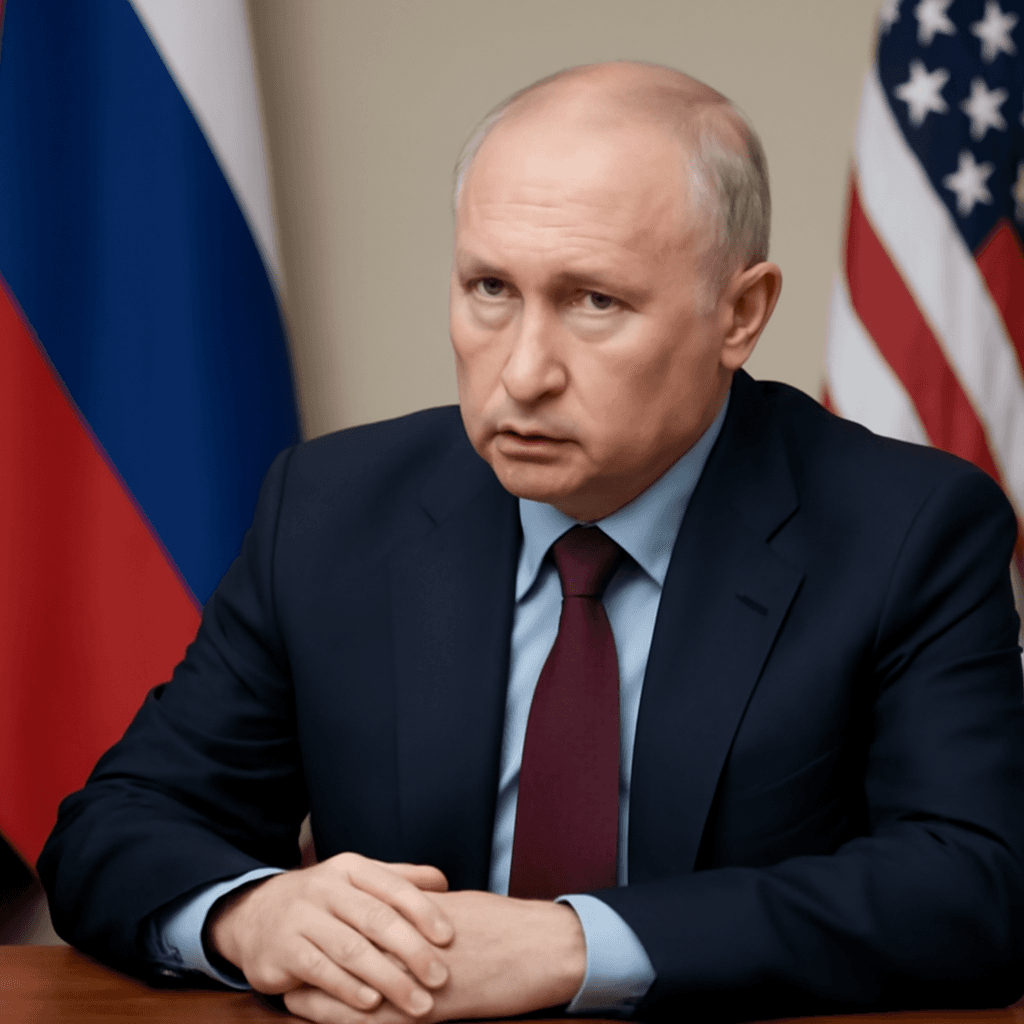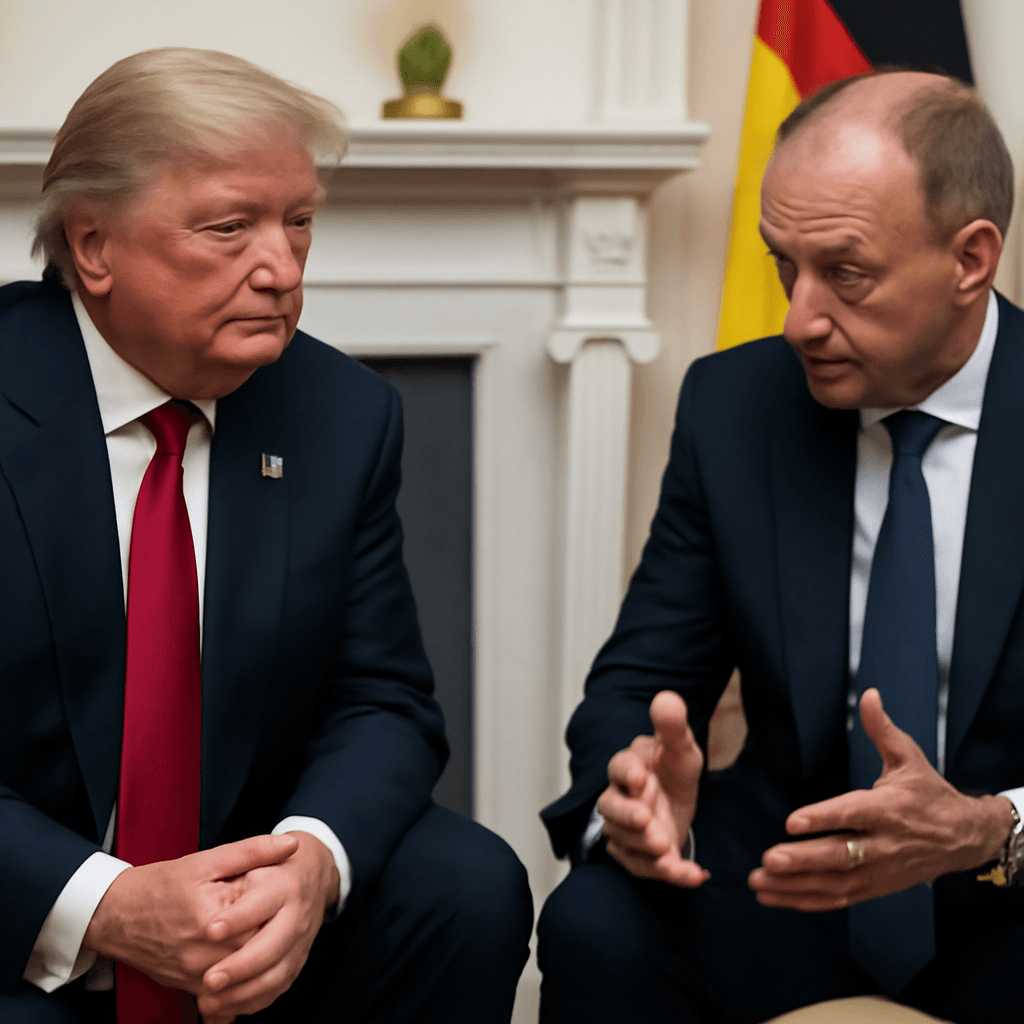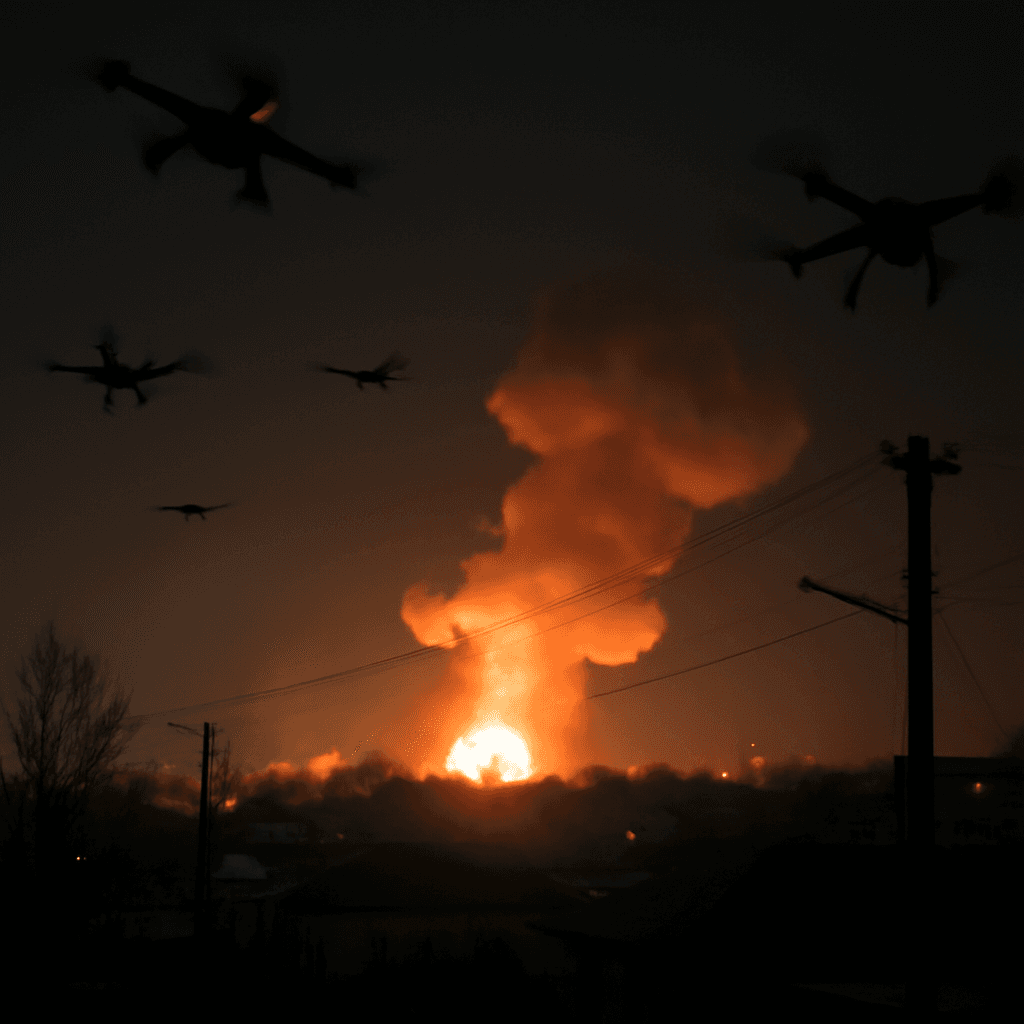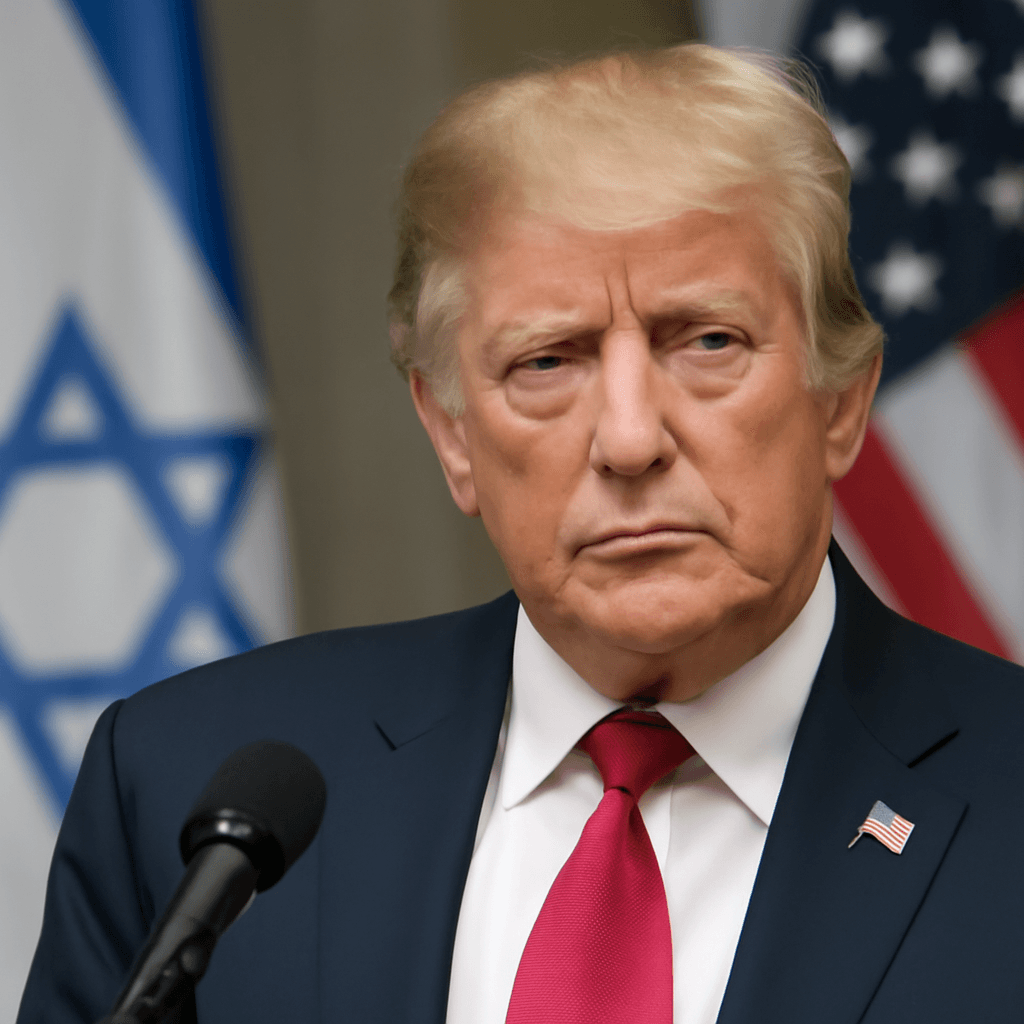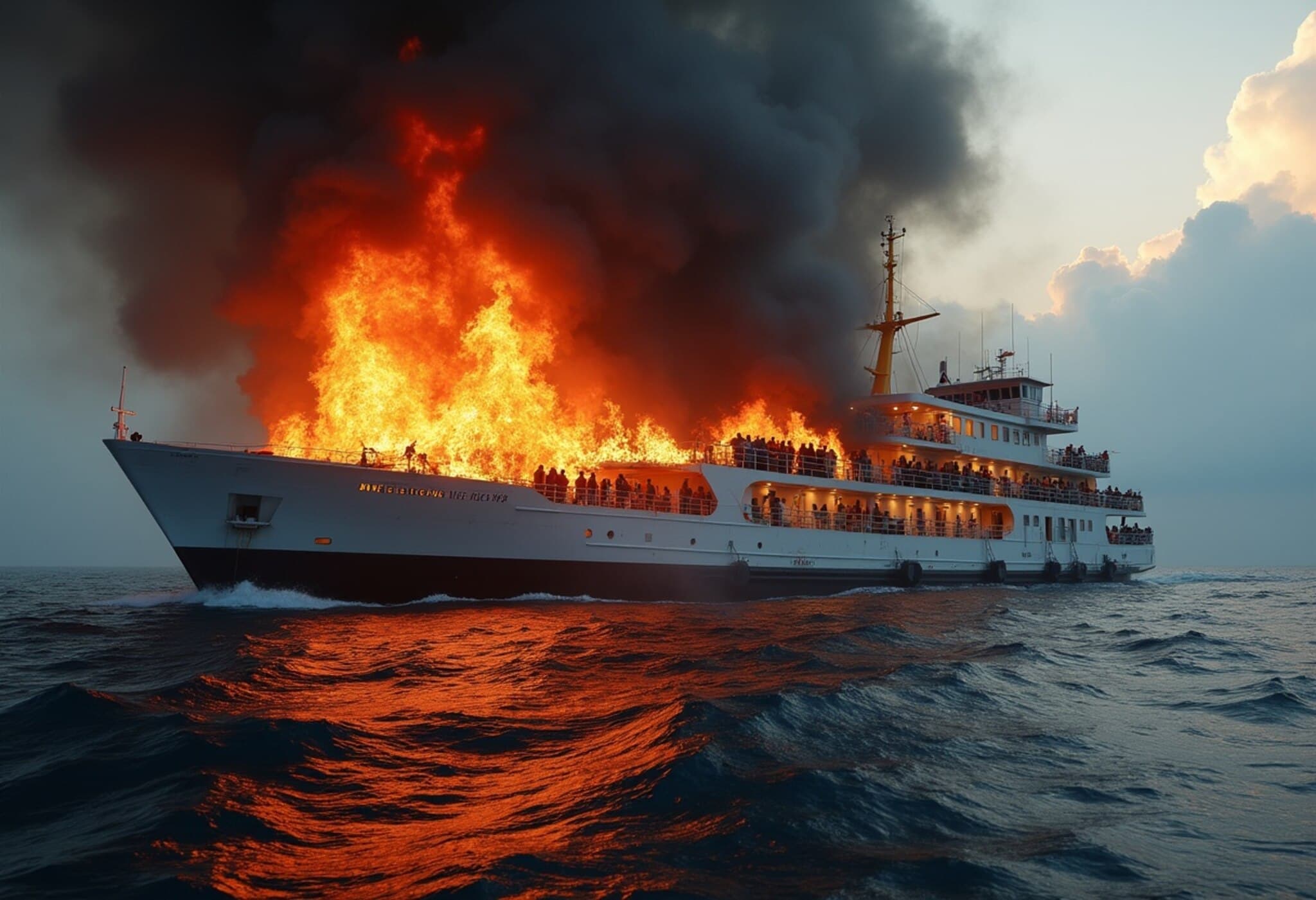Russia Voices Willingness for Peace Talks Yet Stresses Objectives
In a recent development that adds a nuanced layer to the complex Ukraine conflict, Kremlin spokesperson Dmitry Peskov reaffirmed Russia’s openness to a peaceful resolution. Speaking on July 20, 2025, Peskov highlighted President Vladimir Putin’s continued desire to end hostilities, while emphasizing that Moscow’s military and political goals remain non-negotiable.
Putin’s Dual Approach: Peace and Priorities
Addressing state television journalist Pavel Zarubin, Peskov stressed that peace remains a stated aim for the Russian leadership but cautioned that achieving the established objectives laid out before the war is paramount. "The main thing for us is to achieve our goals. Our goals are clear," Peskov told the media.
These goals include Ukraine’s withdrawal from the four eastern and southern regions annexed by Russia in 2022, regions that Kyiv does not fully control, along with demands for Ukraine to abandon NATO aspirations and accept stringent limitations on its armed forces. These terms have been met with firm rejection by Kyiv and its Western supporters, complicating diplomatic progress.
The Context: Increasing Tensions and Trump’s Ultimatum
This statement comes amid heightened tension following a notable ultimatum issued by former U.S. President Donald Trump on July 14. Trump declared a 50-day deadline for Moscow to agree to a ceasefire, warning that failure to do so would result in "severe tariffs" targeting not only Russia but also its trade partners, effectively seeking to extend economic isolation.
Beyond economic measures, Trump announced a significant escalation in military aid to Ukraine, reaffirming the U.S.'s commitment to strengthening Kyiv’s defense. The announced aid package reportedly includes cutting-edge Patriot missile defense systems, a highly coveted asset by Ukraine to counter Russia’s increasingly frequent missile and drone strikes.
Military Realities: Escalation Despite Negotiations
Despite diplomatic overtures, Russia continues to ramp up military operations, particularly in long-range attacks on Ukrainian cities. Analysts have observed a sharp uptick in drone attacks, with some nights witnessing more drone launches than entire months earlier in 2024. This surge highlights the stark reality that while negotiations exist in rhetoric, battlefield hostilities persist unabated.
Russian officials, including Peskov, have denied accusations of dragging out peace talks as a stalling tactic. Nevertheless, the ongoing intensification of strikes raises critical questions about Moscow’s true commitment to peace and the international community’s capacity to influence the conflict’s trajectory.
Expert Insight: The Path Forward and U.S. Policy Implications
From a geopolitical perspective, Russia’s insistence on preconditions—including Ukraine’s NATO withdrawal and territorial concessions—presents a fundamental impasse, with no immediate compromise in sight. The West's steadfast support for Ukraine’s sovereignty and territorial integrity contrasts sharply with Russia’s demands, framing the conflict as a broader contest over European security architecture.
In the American context, Trump’s hardline ultimatum underscores a faction within U.S. politics favoring intensified economic and military pressure on Russia. At the same time, concerns linger about logistical challenges in sustaining long-term military support due to inventory constraints in U.S. arsenals, as noted by the Pentagon earlier this year.
This duality—between escalating aid and operational limits—poses strategic questions about the durability of Western assistance amid persistent conflict.
Underreported Angles
- Economic Sanctions Ripple Effect: Beyond Russia, sanctions targeting trading partners could reshape global trade patterns and strain international alliances.
- Civilian Impact & War Fatigue: The intensifying drone attacks exacerbate civilian suffering, highlighting an under-discussed humanitarian crisis amid geopolitical gamesmanship.
- Negotiation Dynamics: The framing of peace as a 'long process' by Kremlin officials signals possible internal deliberations, but the lack of progress raises concerns over strategic exploitation of talks.
Conclusion
Russia’s recent statements capture the complex balancing act between signaling openness to diplomacy and asserting unwavering war aims. As the 50-day deadline set by Donald Trump unfolds, the international community watches closely—pondering whether economic pressure and military aid will pivot the conflict towards resolution or further entrench hostilities.
Editor’s Note
This evolving conflict underscores how peace remains elusive when fundamental geopolitical objectives clash. While Moscow’s public openness to negotiation offers a glimmer of hope, the unyielding conditions and escalated military actions prompt us to question the feasibility of a near-term resolution. Readers should consider: How will escalating economic sanctions impact global trade? Can increased military support alter the strategic calculus without deepening regional suffering? And crucially, what role should diplomatic engagement versus pressure play in ending this prolonged crisis?

